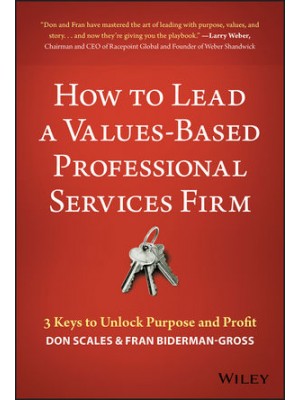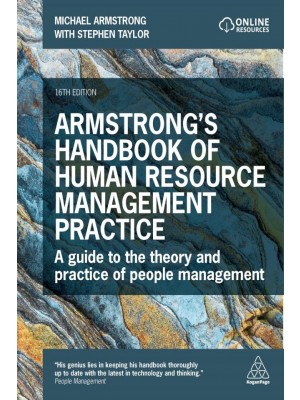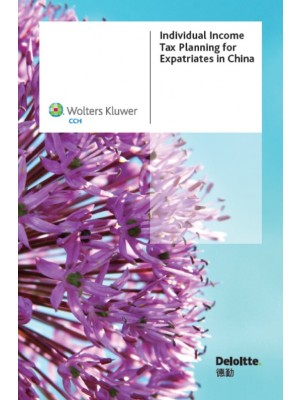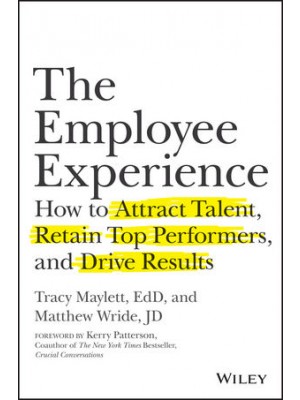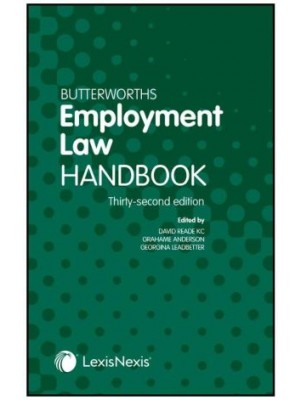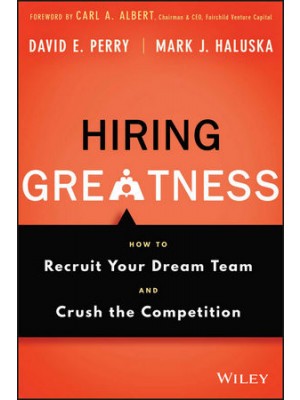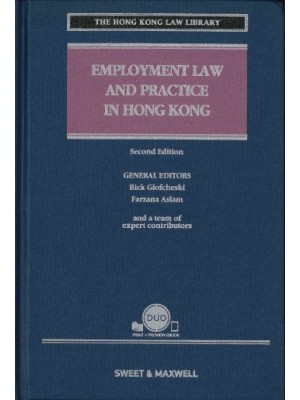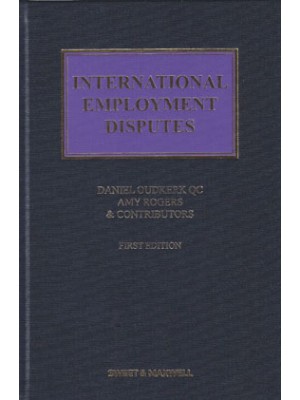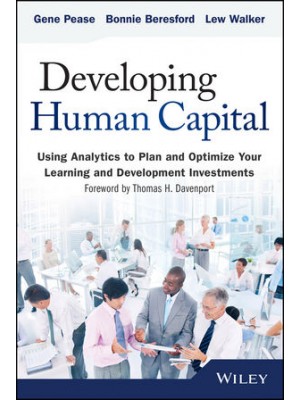-
详细
Improve employee engagement, productivity, happiness and health with this practical toolkit.
In a world of political and economic uncertainty where stress and unhappiness are on the rise, improving employee wellbeing has never been more important. But with budgets being squeezed and the constant need to do more with less, this can seem like an insurmountable task. 50 Top Tools for Employee Wellbeing shows that interventions don't need to be expensive or time-consuming. It contains practical tools for immediately improving staff wellbeing, resulting in happier, more engaged and more productive employees.
Each tool in the book includes guidance on when to use it, how to get the most out of it and - most importantly - how to measure its impact to show what's working and where efforts are best focused. Addressing all the key areas of the subject, from career development and workplace culture to physical, mental and financial wellbeing, this is a complete resource for improving your workforce's wellbeing.
-
- Section - ONE: Leadership and Advocacy;
-
- Chapter - 01: Creating a Wellbeing Strategy;
- Chapter - 02: Workplace Wellbeing Assessments;
- Chapter - 03: Developing a Wellbeing Programme;
- Chapter - 04: Wellbeing Committees;
- Chapter - 05: Championing Wellbeing;
- Section - TWO: Career;
-
- Chapter - 06: Strengths-based People Management;
- Chapter - 07: Peer Coaching;
- Chapter - 08: Promoting Learning;
- Chapter - 09: Finding Purpose;
- Chapter - 10: Communicating;
- Chapter - 11: A walk-and-talk;
- Chapter - 12: Enabling Flow;
- Chapter - 13: Encouraging a Growth Mindset;
- Chapter - 14: Mentoring;
- Chapter - 15: Giving Great Feedback;
- Chapter - 16: The Check-in;
- Chapter - 17: Involvement;
- Chapter - 18: Engagement;
- Chapter - 19: Change;
- Section - THREE: Physical and Mental;
-
- Chapter - 20: Return to Work Interview;
- Chapter - 21: Managing Employee Illness;
- Chapter - 22: The Fruit Box;
- Chapter - 23: Exercise at Work;
- Chapter - 24: Workplace Massage;
- Chapter - 25: Travel Health;
- Chapter - 26: Stress Prevention and Signalling;
- Chapter - 27: Managing ‘Overwhelm’;
- Chapter - 28: Employee Assistance Programmes;
- Chapter - 29: Emotional Intelligence;
- Chapter - 30: Building Resilience;
- Chapter - 31: Reframing;
- Chapter - 32: Mindfulness;
- Chapter - 33: Mediation;
- Chapter - 34: Switching off;
- Chapter - 35: Getting Organized;
- Chapter - 36: Designing the Working Environment;
- Chapter - 37: Remote Working;
- Chapter - 38: Flexible Working;
- Section - FOUR: Social and Community;
-
- Chapter - 39: Motivation;
- Chapter - 40: Harmony Initiatives;
- Chapter - 41: Building Trust;
- Chapter - 42: Anti-bullying Action;
- Chapter - 43: Giving Back;
- Chapter - 44: Shared Interest Groups;
- Chapter - 45: Netwalking;
- Chapter - 46: Fun at Work;
- Chapter - 47: Pets at Work;
- Chapter - 48: Music at Work;
- Section - FIVE: Financial;
-
- Chapter - 49: Flexible Benefits;
- Chapter - 50: Pre-retirement Planning;
- Section - SIX: Supporting Information
-
Debbie Mitchell is an organizational development consultant specializing in employee engagement, coaching, talent management, change and HR support. She has experience of senior HR roles in organizations across FMCG manufacturing, supply chain, retail, public sector and support service sectors. She is the author of 50 Top Tools for Employee Engagement, also published by Kogan Page.
-
Using the latest evidence, this book captures all aspects of the ultimate workplace wellbeing programme, giving managers confidence in their ability to deliver successful programmes into businesses. Her recommendations are realistic, the tools are functional, and she includes practical suggestions for measuring outcomes, which even the busiest wellbeing manager can utilize.
Dr Fiona Brigg, Healthy Workplace Manager, Link4Life














